“Are there ticks in Alaska?” is a question gaining increasing relevance. The answer is yes. There are 4 native and 4 non-native tick species that inhabit Alaska. We aim to provide comprehensive insights into both native and non-native tick species in Alaska, their impact, and the importance of monitoring and awareness.
Native Tick Species in Alaska
Alaska is home to four native tick species, each with unique characteristics and feeding habits. While the primary feeding pattens are listed that is not an exclusive diet and many ticks can be found on a variety of animals.
- Hare or Rabbit Tick (Haemaphysalis leporispalustris): Feeds primarily on hares and rabbits, adapted to cooler climates.
- Squirrel or Vole Tick (Ixodes angustus): Targets squirrels and voles, small and difficult to detect.
- Bird Tick (Ixodes auritulus and Ixodes howelli): Feeds on various bird species, especially those nesting in trees.
- Seabird Tick (Ixodes signatus and Ixodes uriae): Specializes in seabirds, found in coastal areas and islands.
Hare Tick (Rabbit Tick)
Scientifically named Haemaphysalis leporispalustris, the hare tick primarily feeds on hares and rabbits. It adapted to cooler climates in order to deal with the harsh conditions of Alaska. These ticks are a lighter reddish-brown, they’re the size of a sesame seed, and known to carry tularemia.
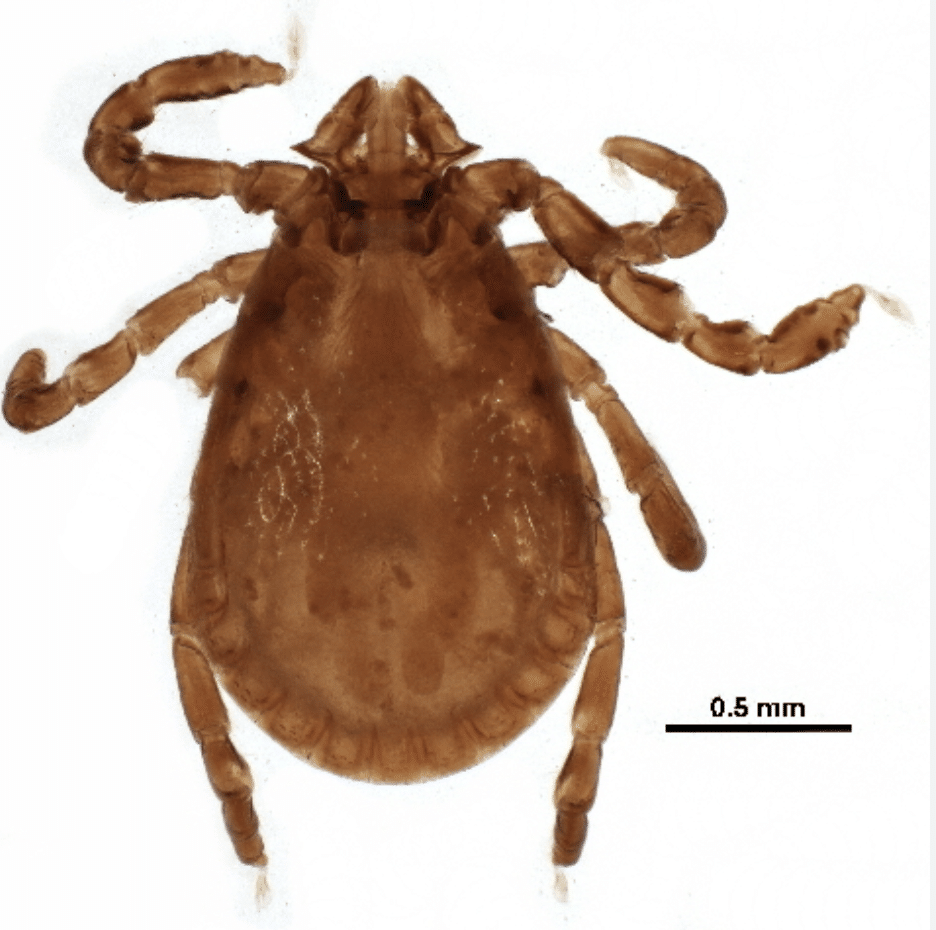
Squirrel Tick (Vole Tick)
Given the scientific name Ixodes angustus, the squirrel tock follows it’s name and primarily feeds on squirrels. This tick is very small and difficult to detect. These ticks are lighter in color than various other ticks. You can find that females are tan, and males are light brown. They have a darker half oval on their backs, and can also transmit Powassan virus and tularemia.
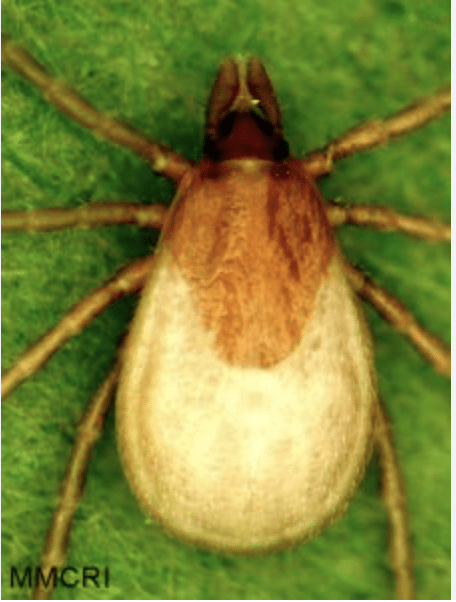
Bird Tick
Called Ixodes auritulus in scientific communities, the bird tick feeds on a wide variety of bird species. The bird tick is clever and catches birds while they are nesting in trees. This also gives this species of ticks free transportation to new habitats.
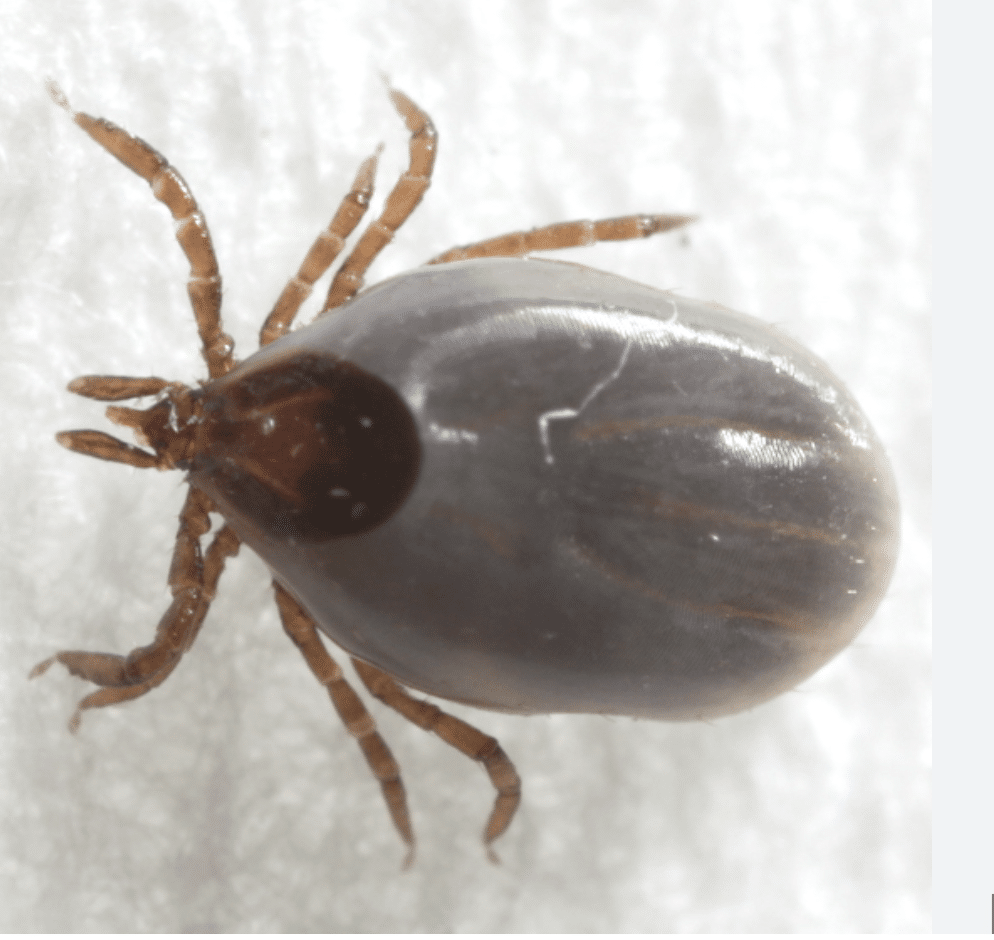
Seabird Tick
Ixodes signatus, the seabird tick, focuses on coastal birds and can be found along beaches and islands around Alaska. These ticks vary in color from tan to dark brown. The main disease they transmit is Lyme disease.
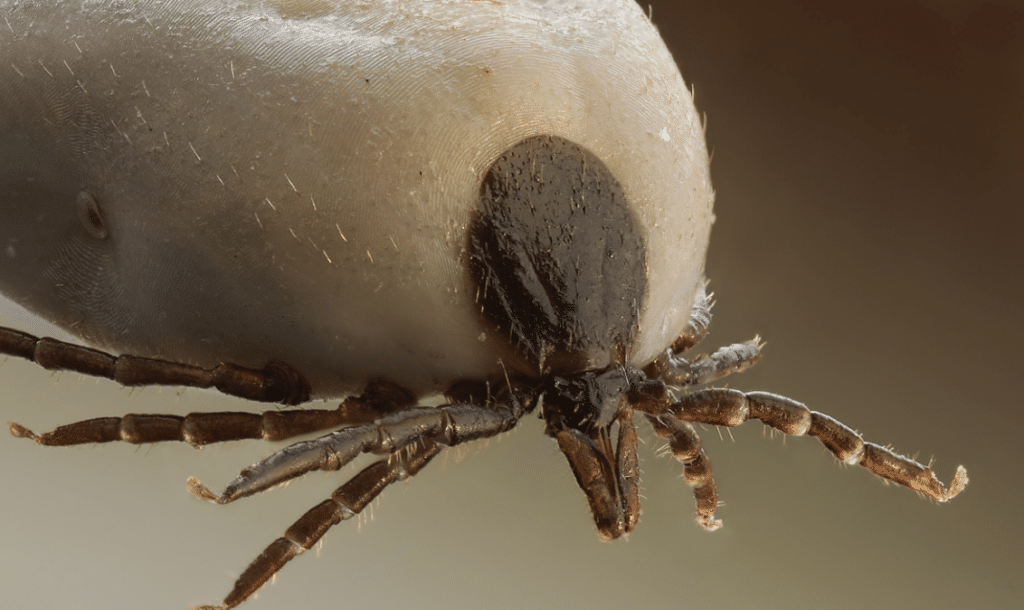
The Emergence of Non-Native Ticks in Alaska
Several non-native tick species have been found in Alaska, raising health concerns. it is this list of ticks found in Alaska that has the most potential for harm to humans. The non-native species of ticks found in Alaska are as follows:
- Brown Dog Tick (Rhipicephalus sanguineus): Prefers dogs, reddish-brown, smaller, found in warmer environments within Alaska.
- American Dog Tick (Dermacentor variabilis): Larger, with white markings, feeds on medium to large mammals, known for transmitting Rocky Mountain spotted fever.
- Blacklegged Tick (Ixodes scapularis): Known as the Deer Tick, famous for transmitting Lyme disease, dark legs with a lighter body.
Brown Dog Tick
Scientifically named Rhipicephalus sanguineus, the brown dog tick prefers dogs and is reddish-brown in color. This tick is mainly found in the warmer areas of Alaska and often live indoors. Their site can vary drastically, as they are tiny before eating but once engorged, they are the size of a grape.
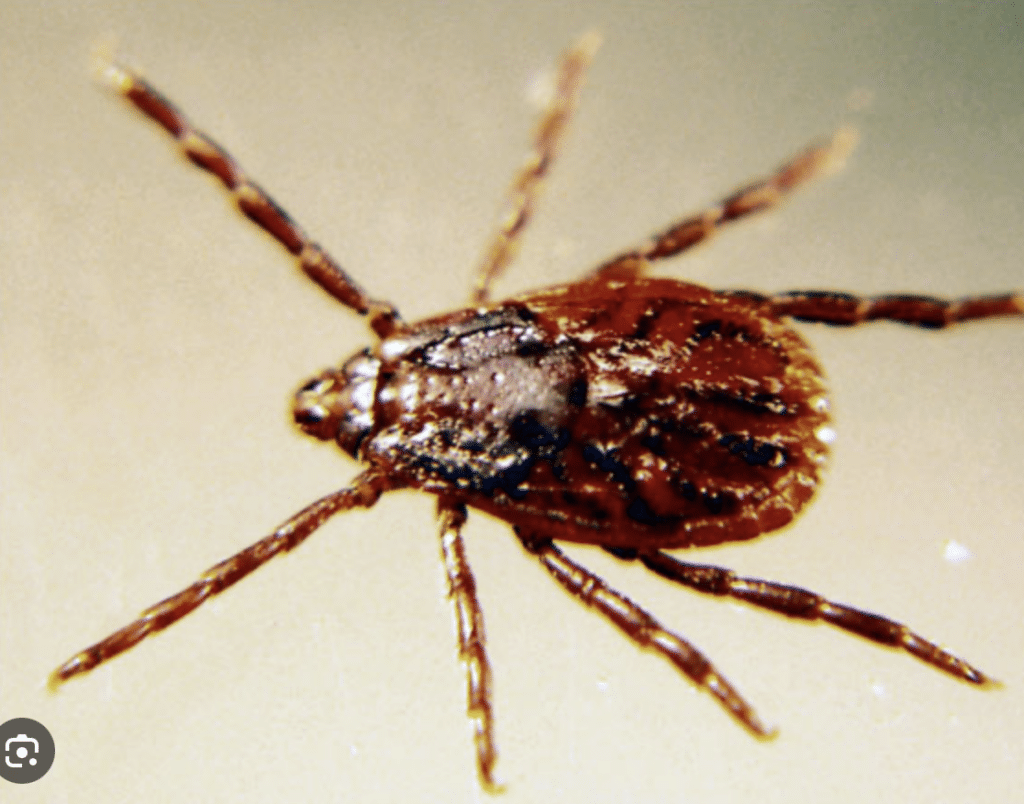
American Dog Tick
The Dermacentor variabilis, the American Dog Tick, can be readily identified by the distinct white markings. This tick is a generalist and feeds on a variety of medium to large animals. It is most well known for transmitting Rocky Mountain spotted fever. These ticks are often found in forests and grassy areas.
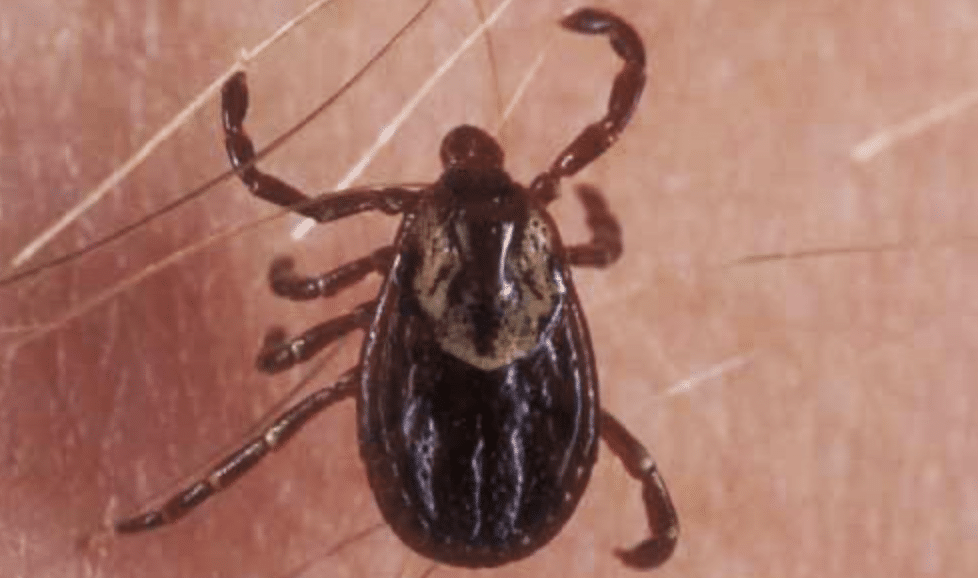
Blacklegged Tick (Deer Tick)
Ixodes scapularis, the dreadful Blacklegged Tick, is also known as the Deer Tick. It is most famous for transmitting Lyme disease and can be identified by its dark legs and lighter body.
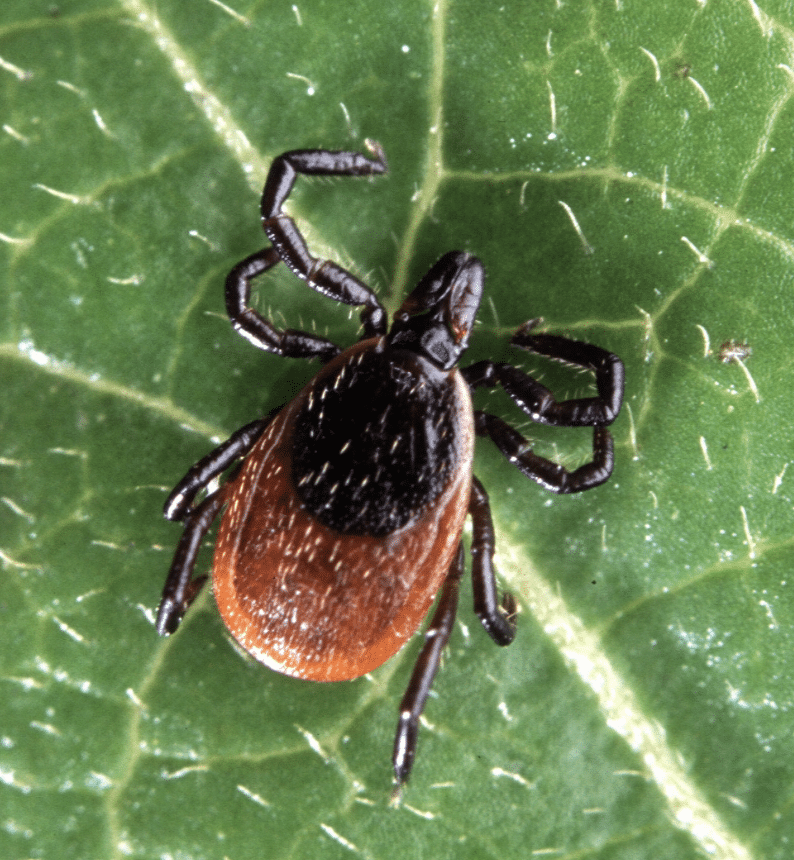
The Alaska Submit-A-Tick Program
This program is crucial for tracking species of ticks in Alaska and monitoring public health risks. It encourages the public to submit ticks found on people, pets, or wildlife for identification and pathogen testing.
The Importance of Tick Monitoring
Monitoring is vital for understanding tick distribution and the diseases they carry. It informs strategies for controlling their spread and helps healthcare professionals in making diagnostic and treatment decisions.
Adapting to Changing Climates
With milder winters, the habitat suitable for ticks in Alaska is likely to expand. Monitoring efforts are essential for detecting the movement or expansion of tick populations and adapting management strategies accordingly.
Are There Ticks In Alaska? YES!
We hope to have given an answer to your question, “Are there ticks in Alaska?” with enough detail to keep you safe. The presence of both native and non-native tick species in Alaska is a pressing concern.
With ongoing research, community involvement in initiatives like the Alaska Submit-A-Tick program, and increased awareness, the state is proactively addressing these challenges. Understanding the types of ticks in Alaska and their potential impacts is key to managing their presence and mitigating risks.
If you are interested in other ticks found outside of the continental United States, we have a fantastic guide about ticks found in Hawaii.



